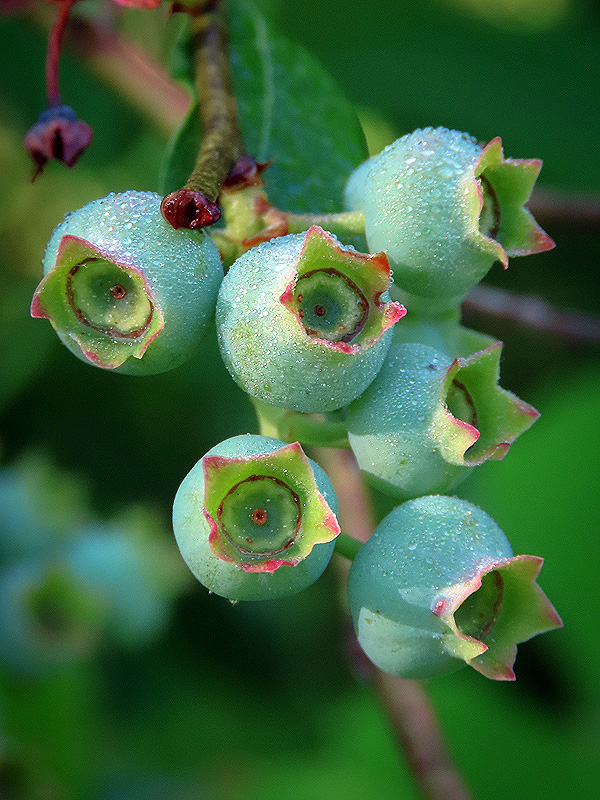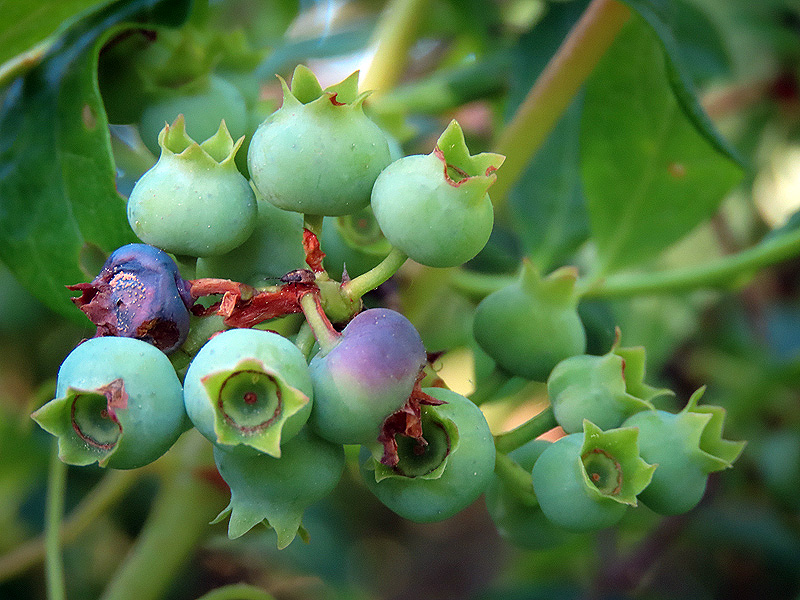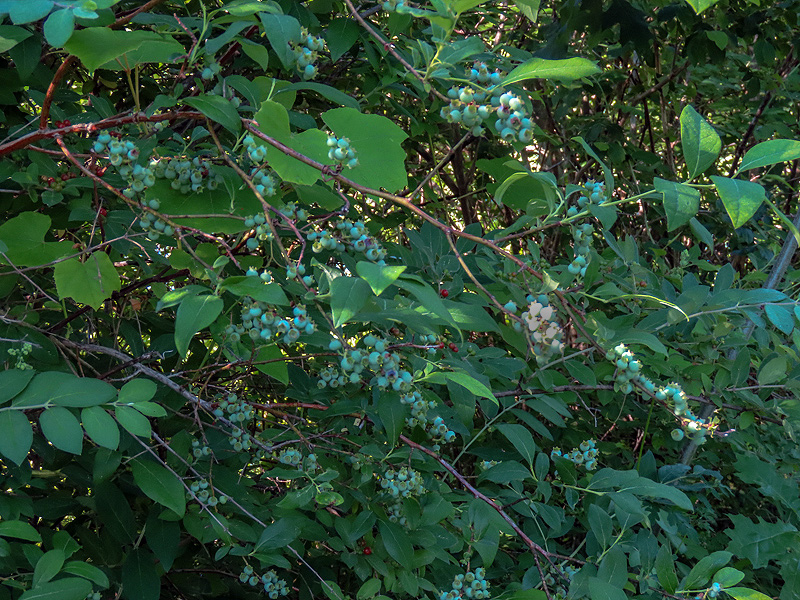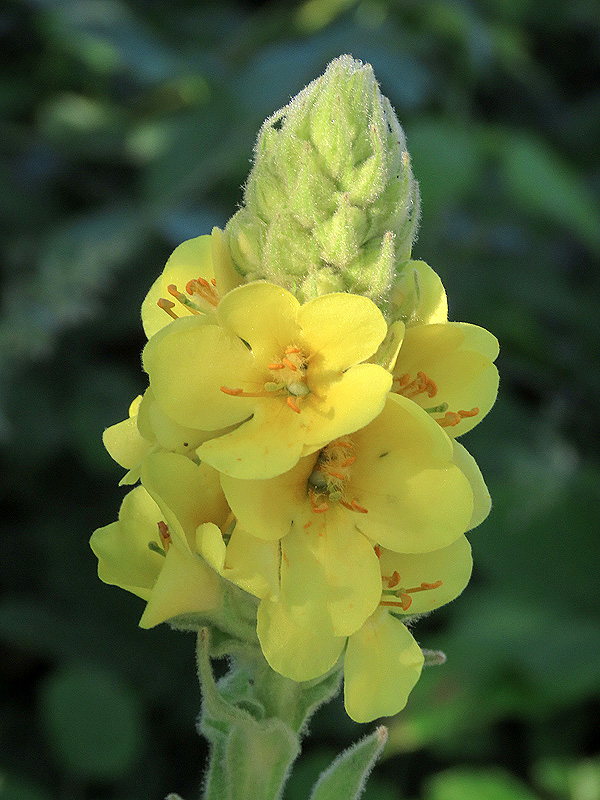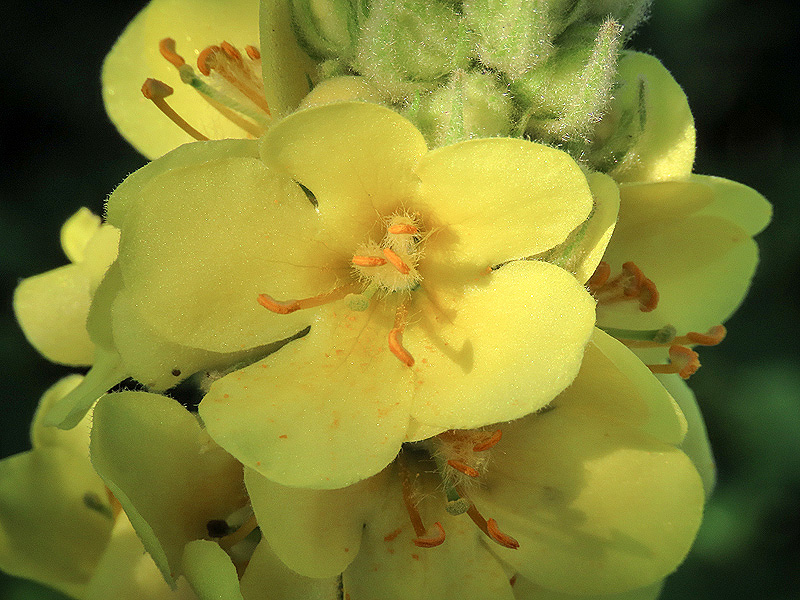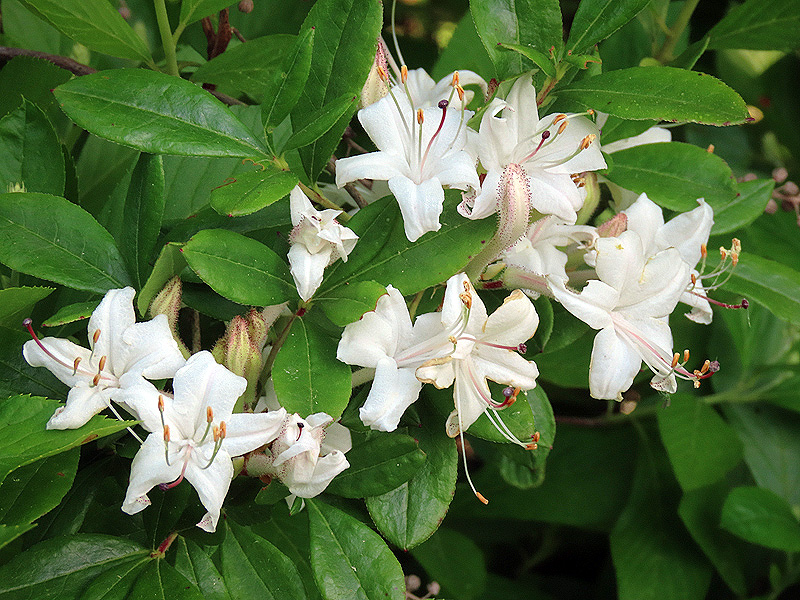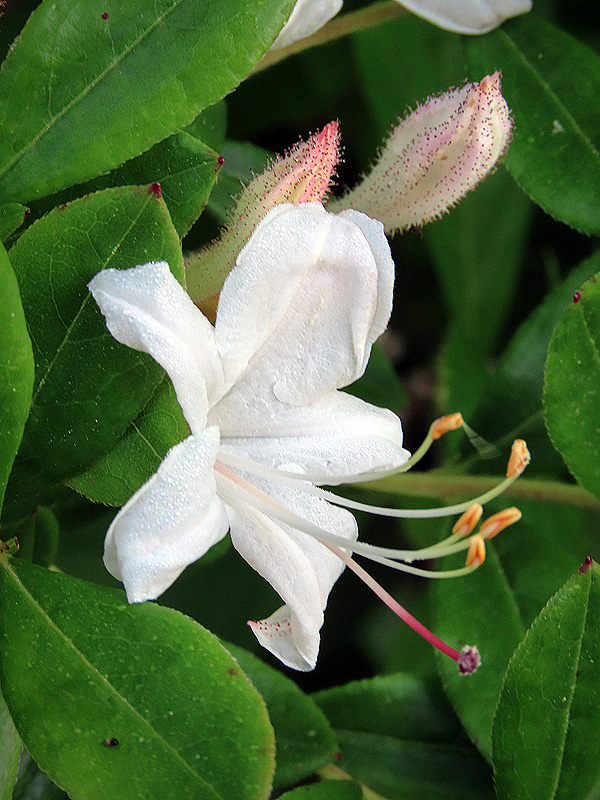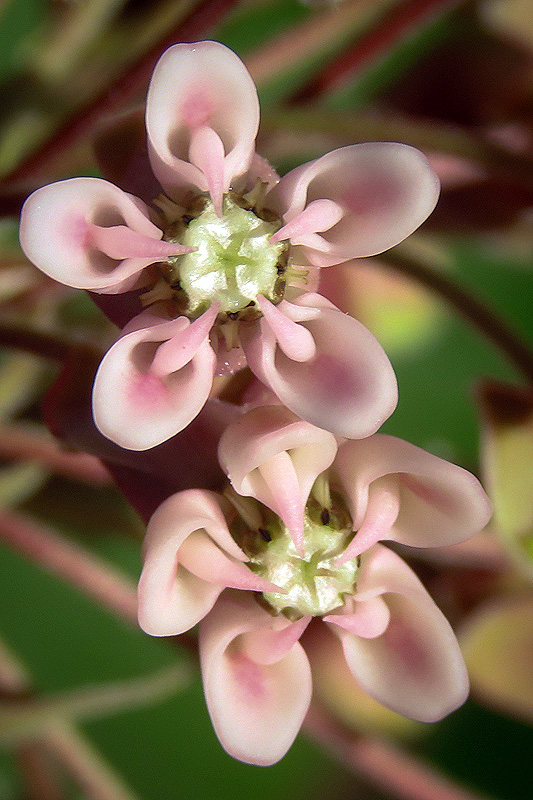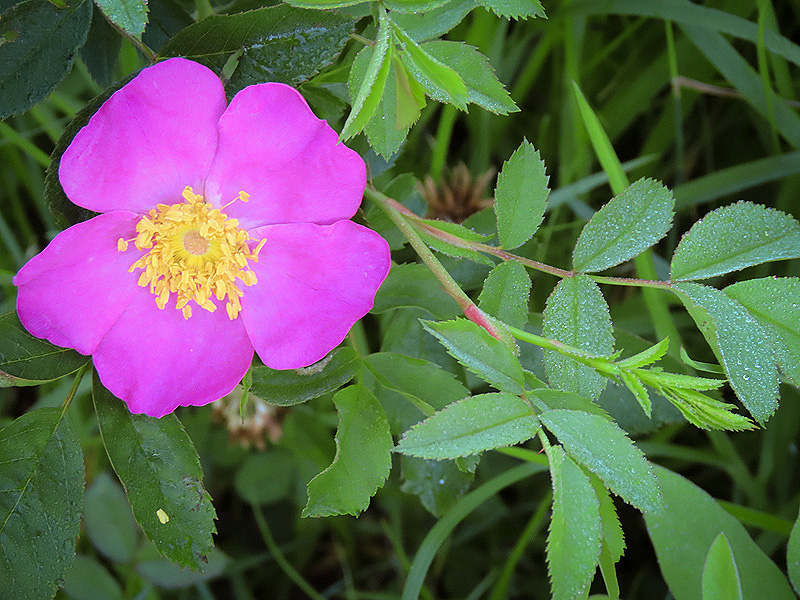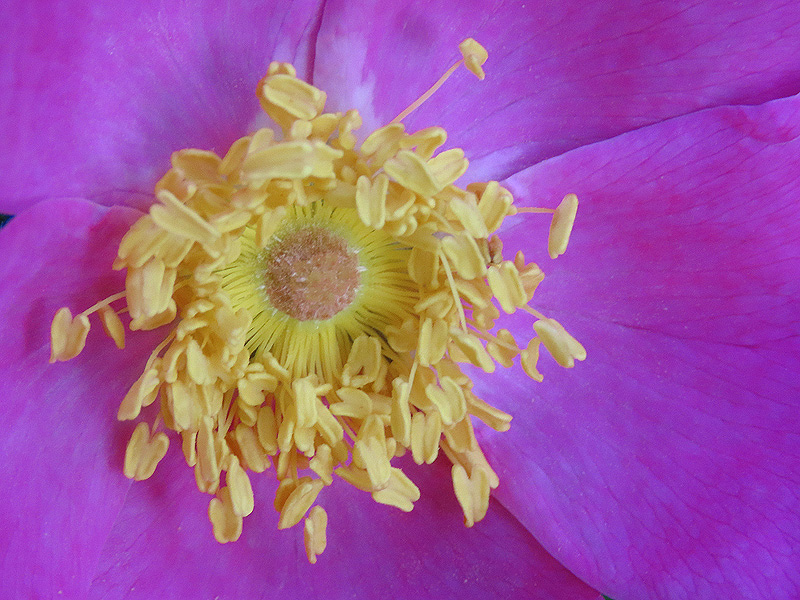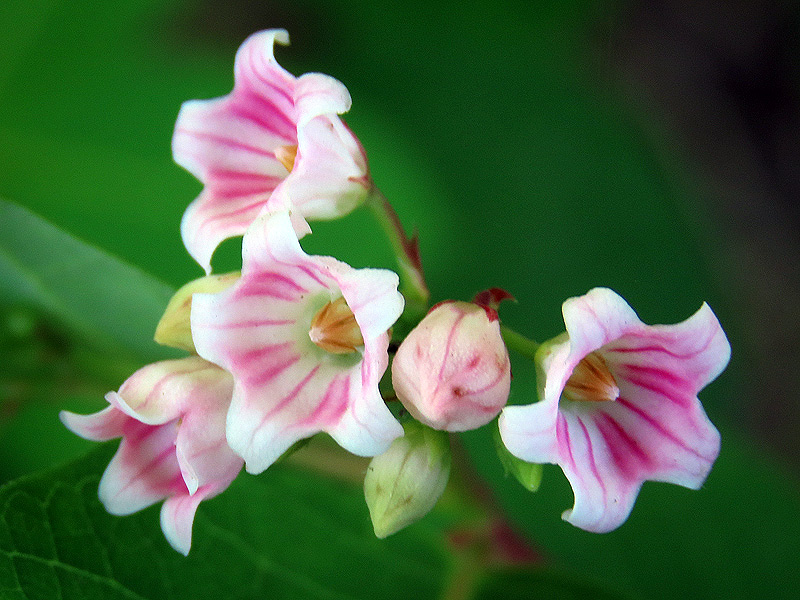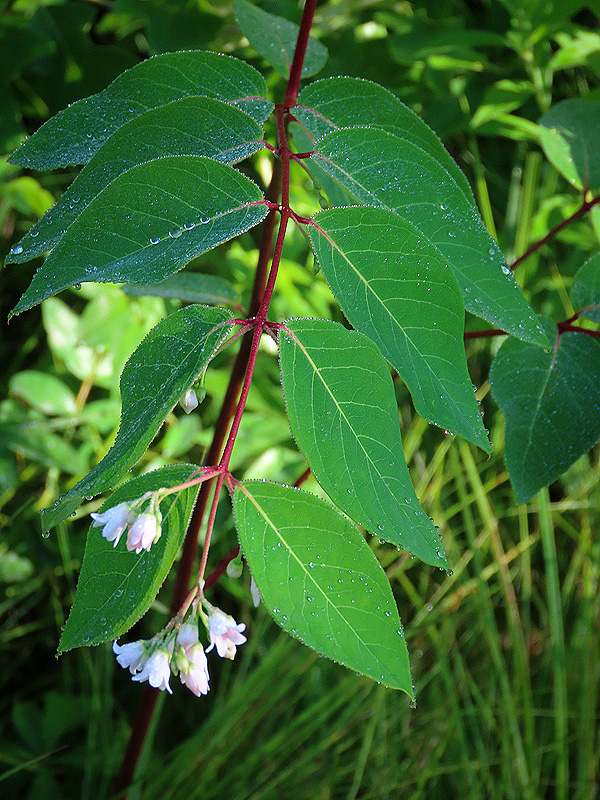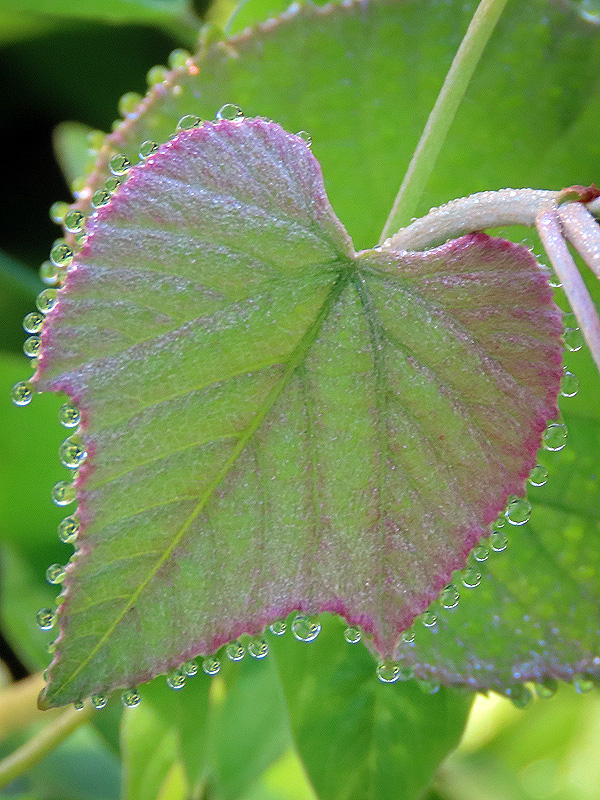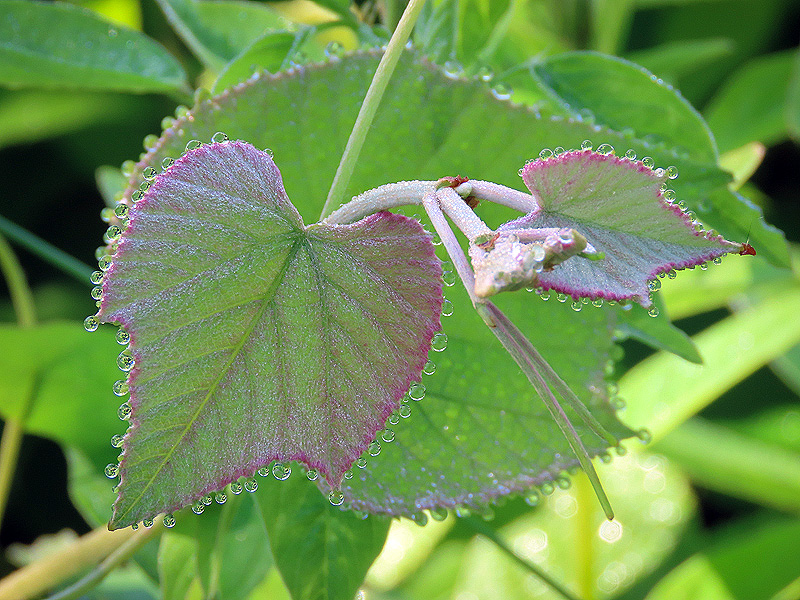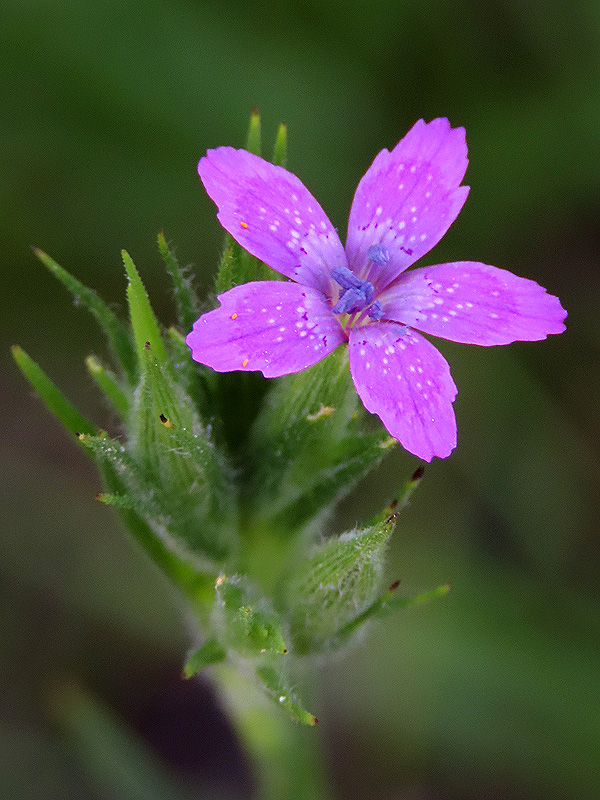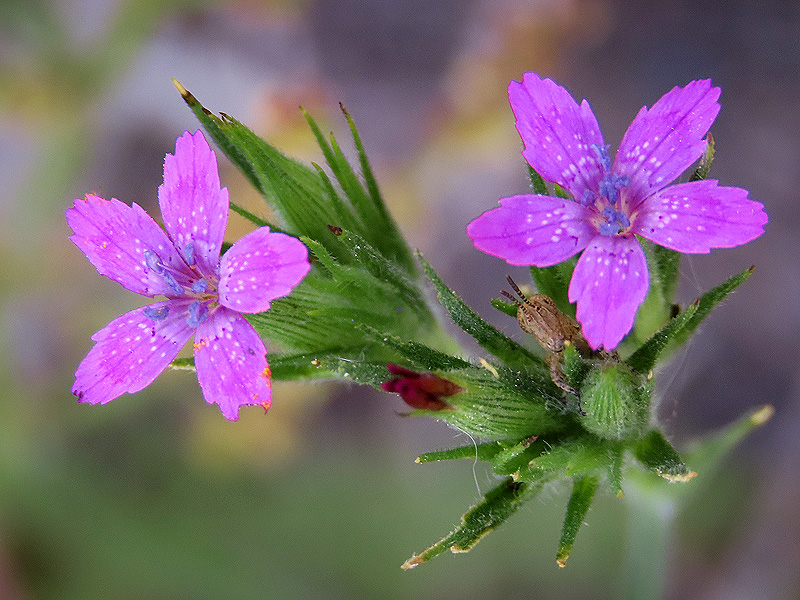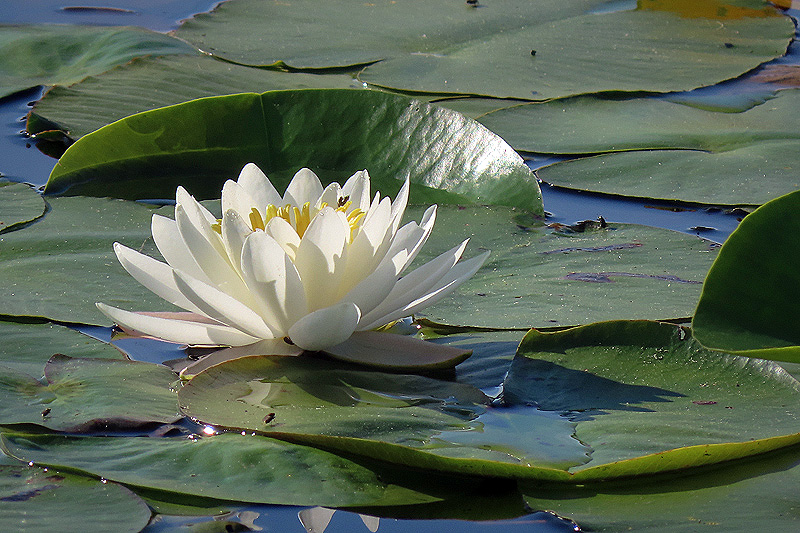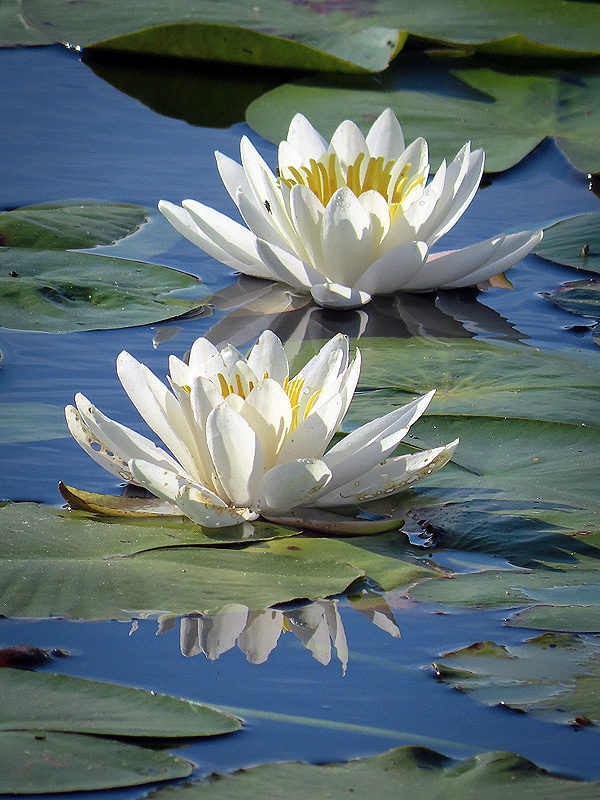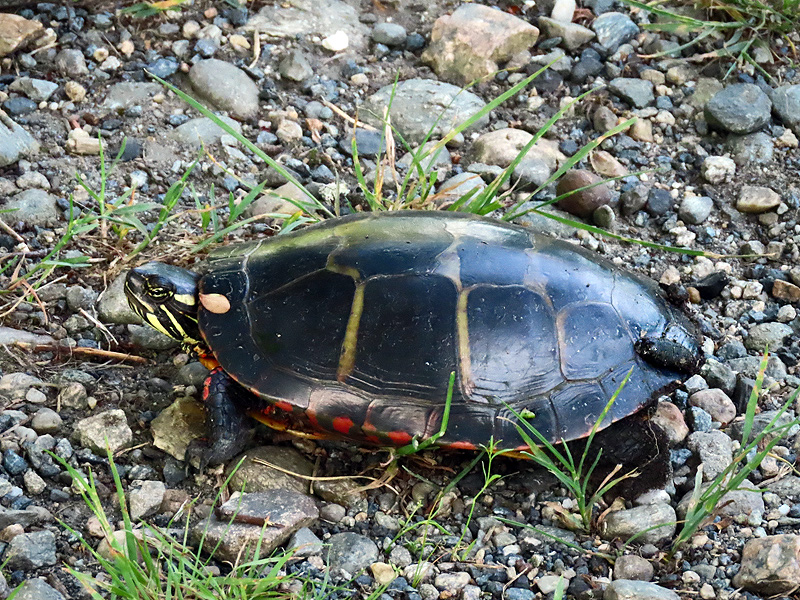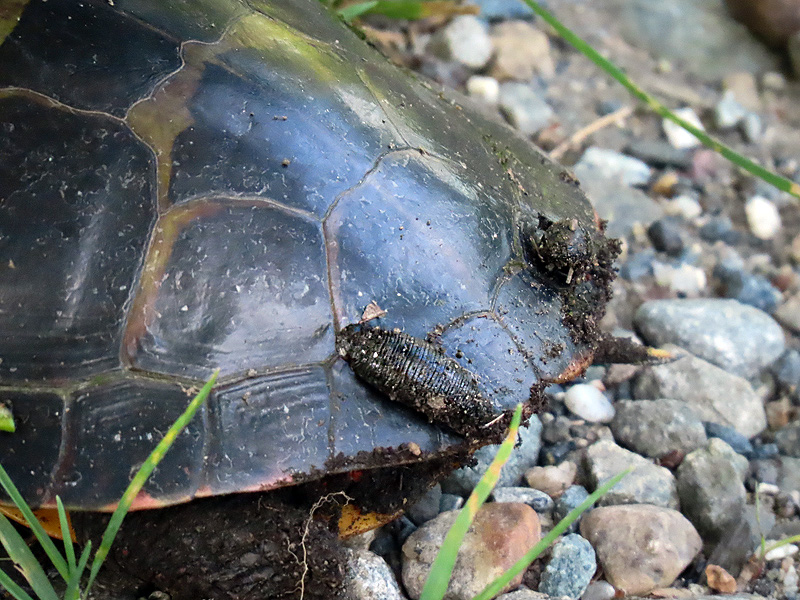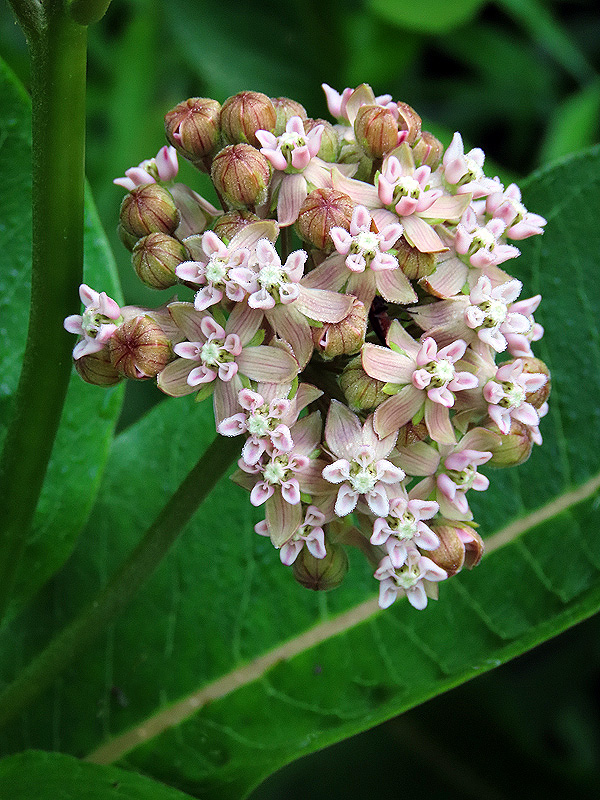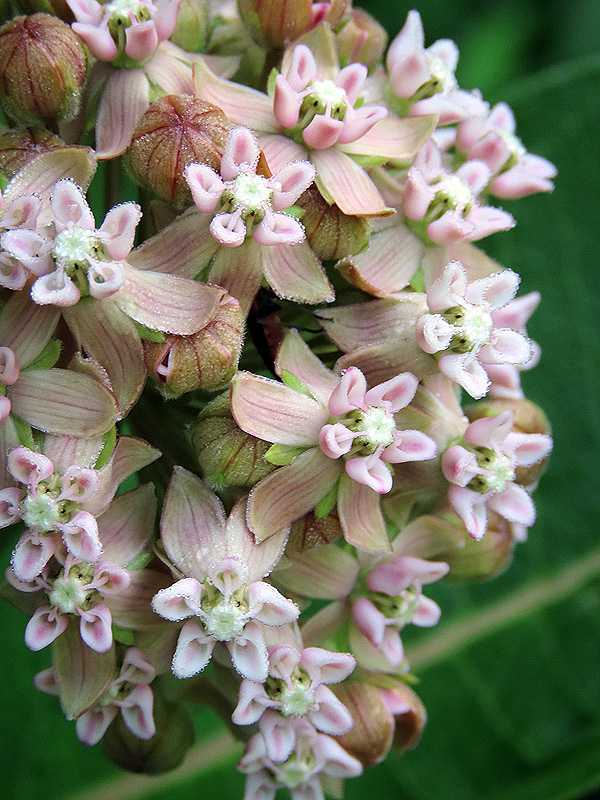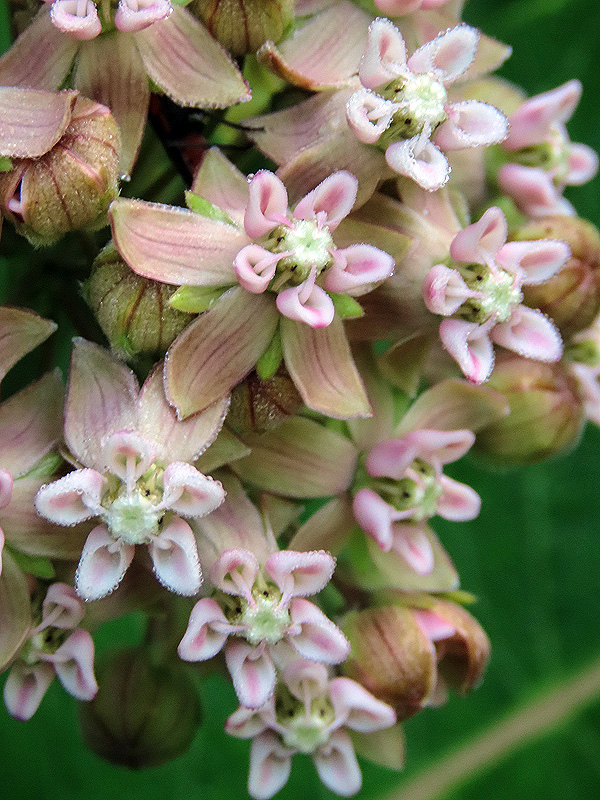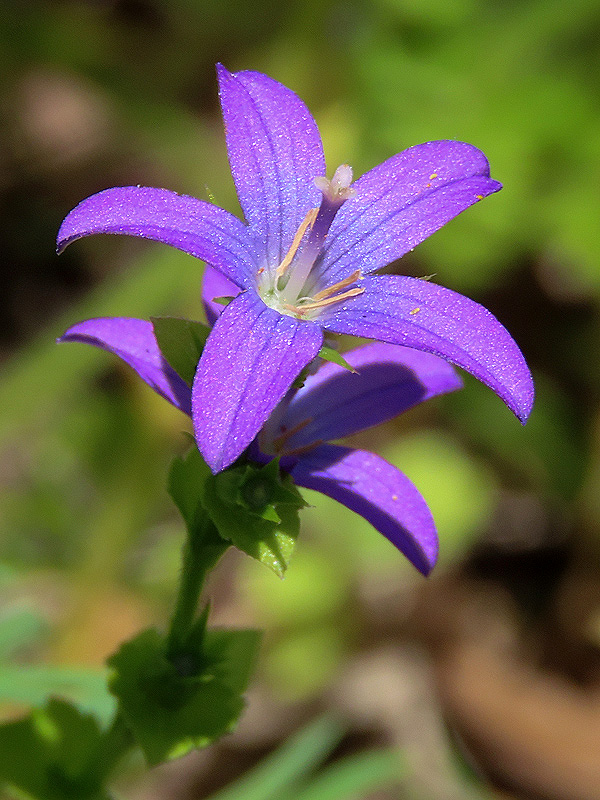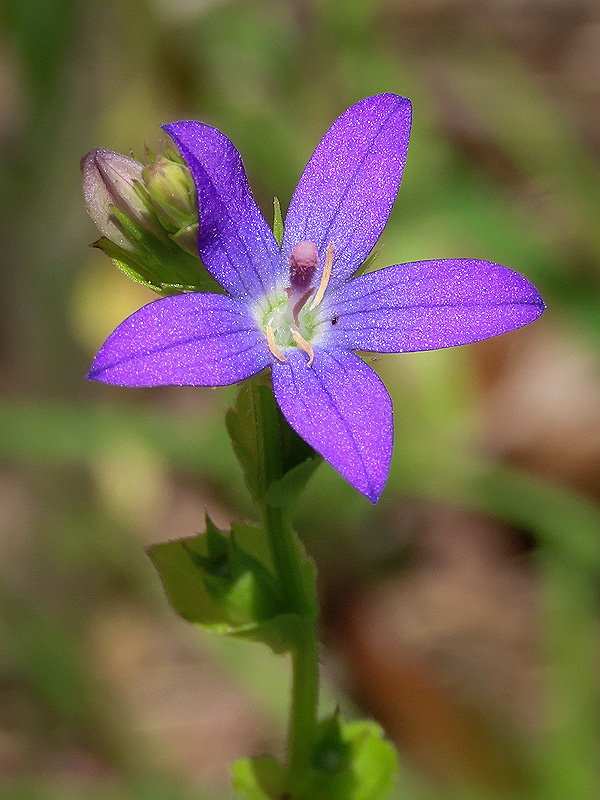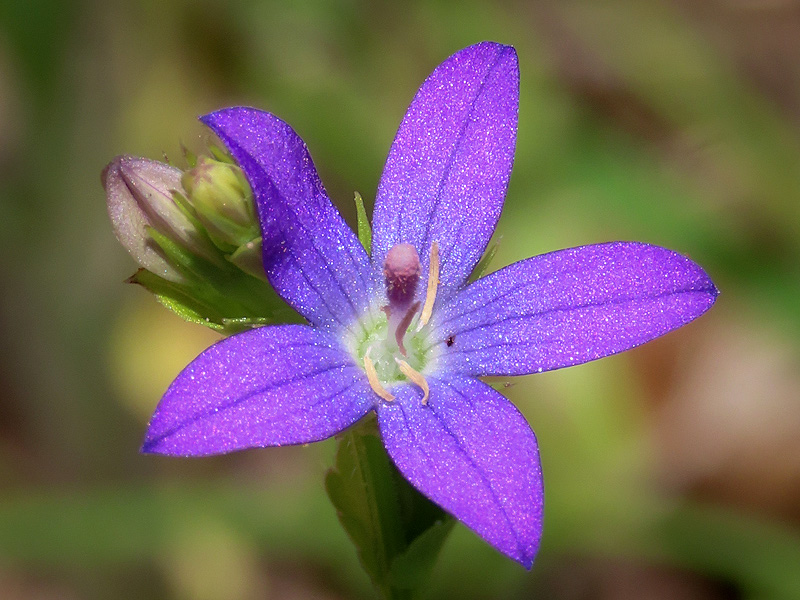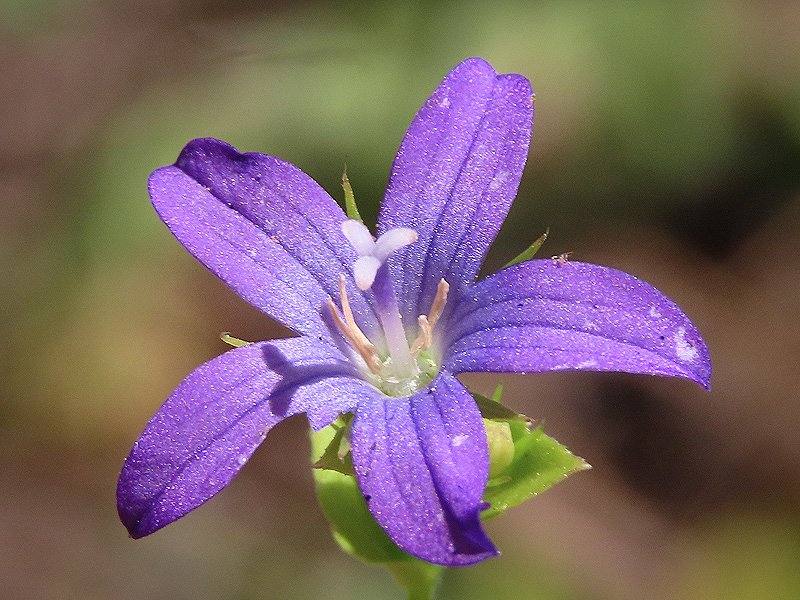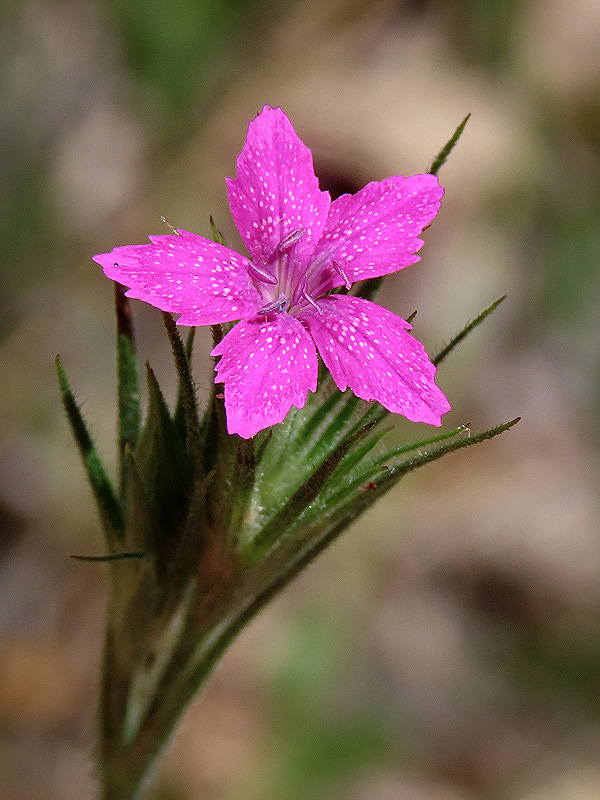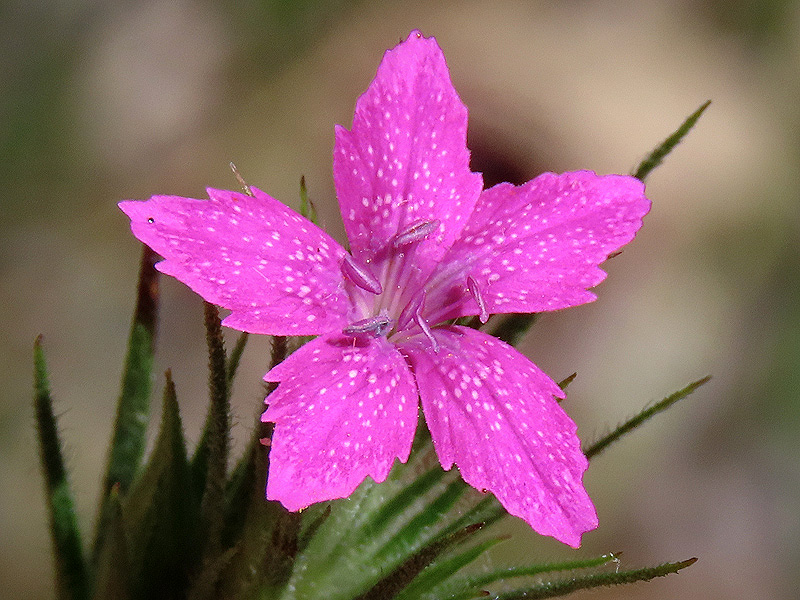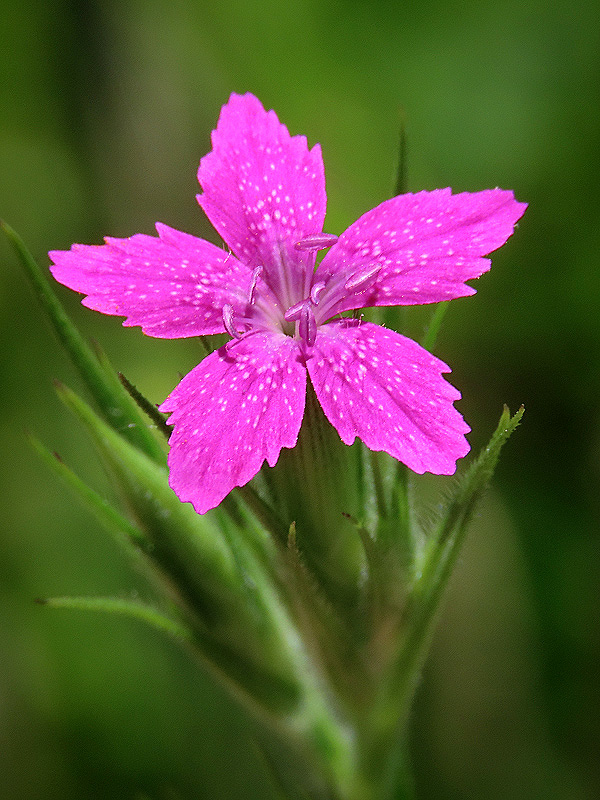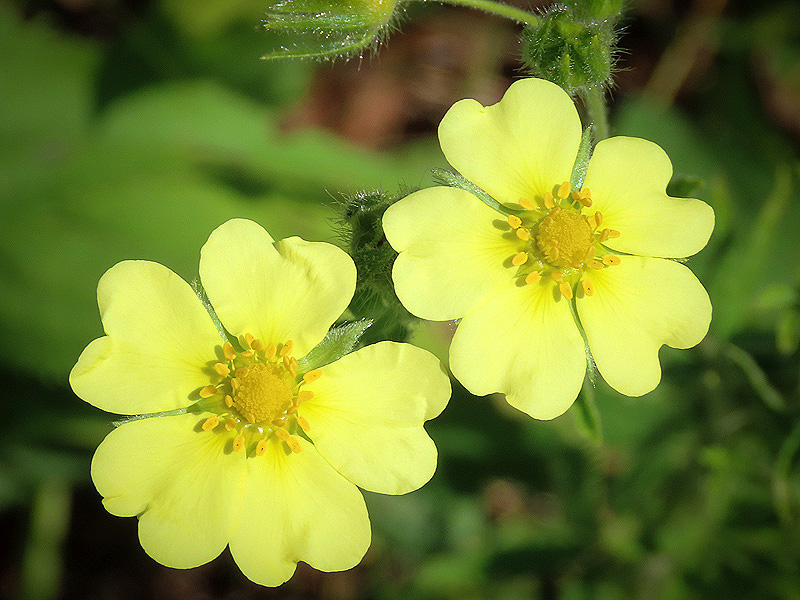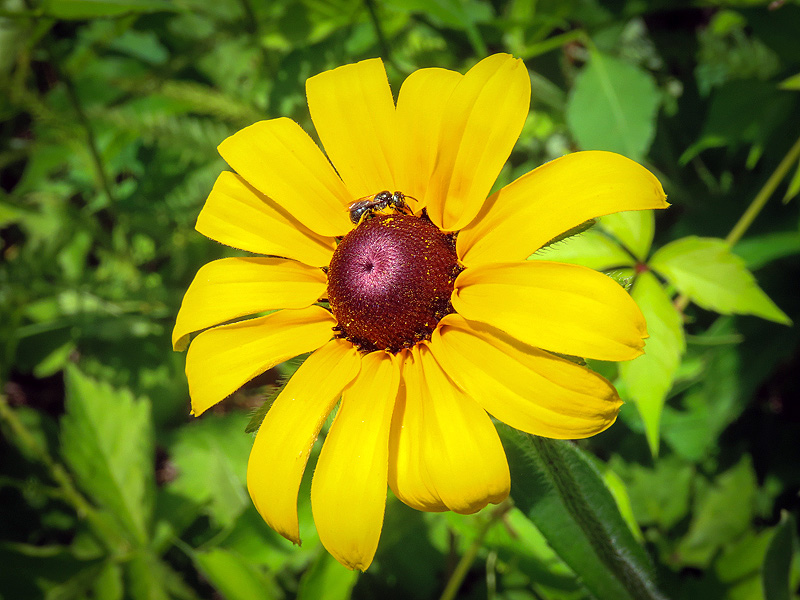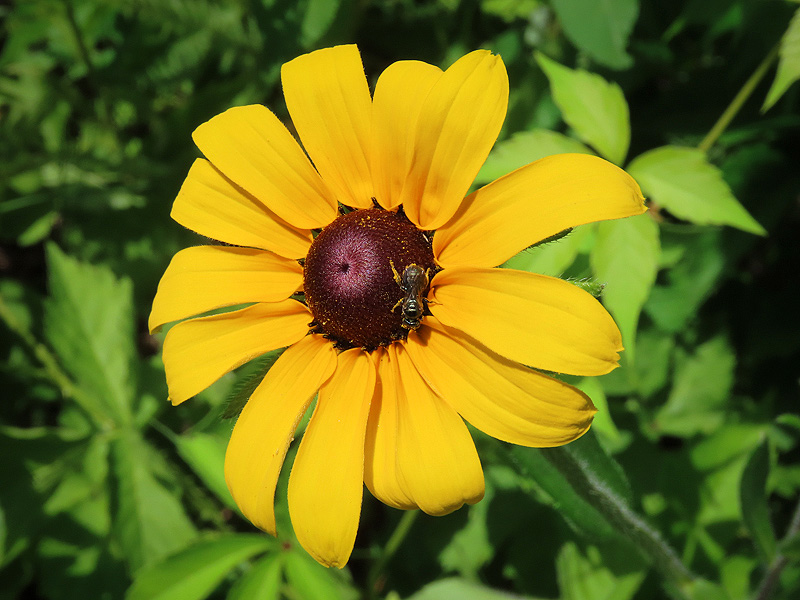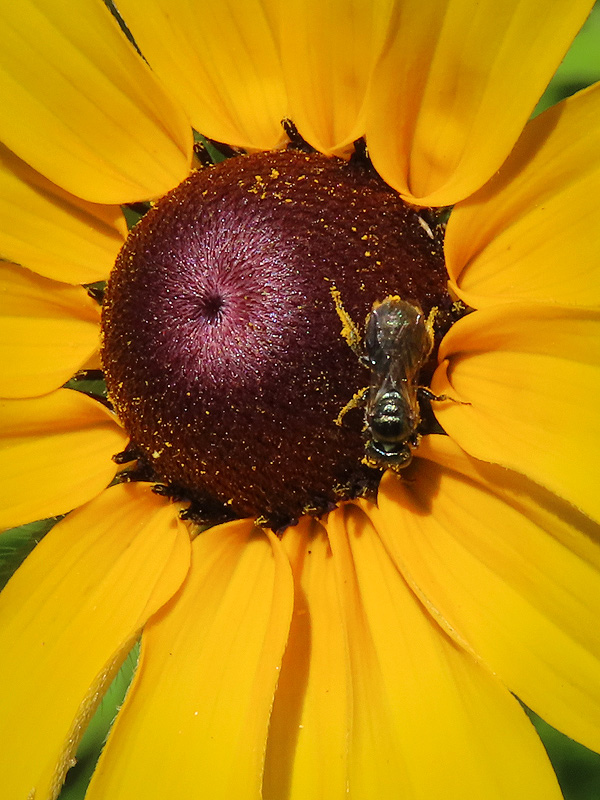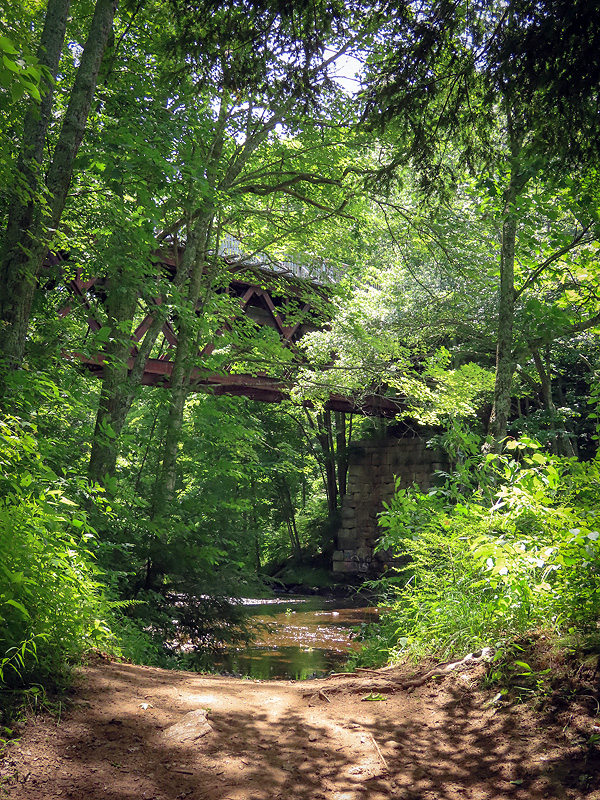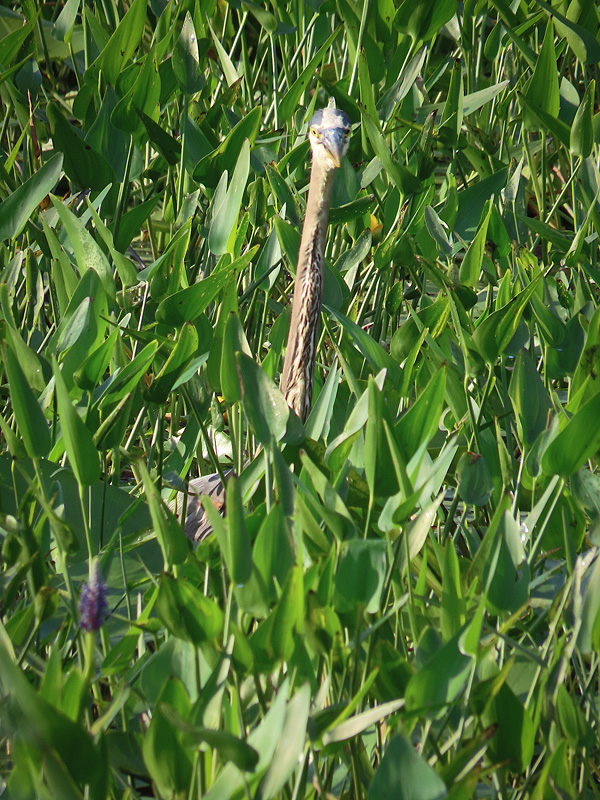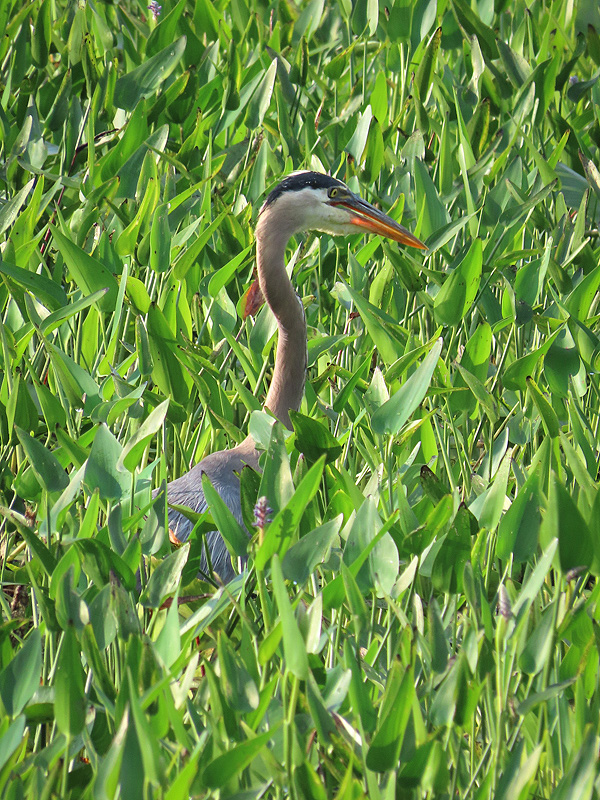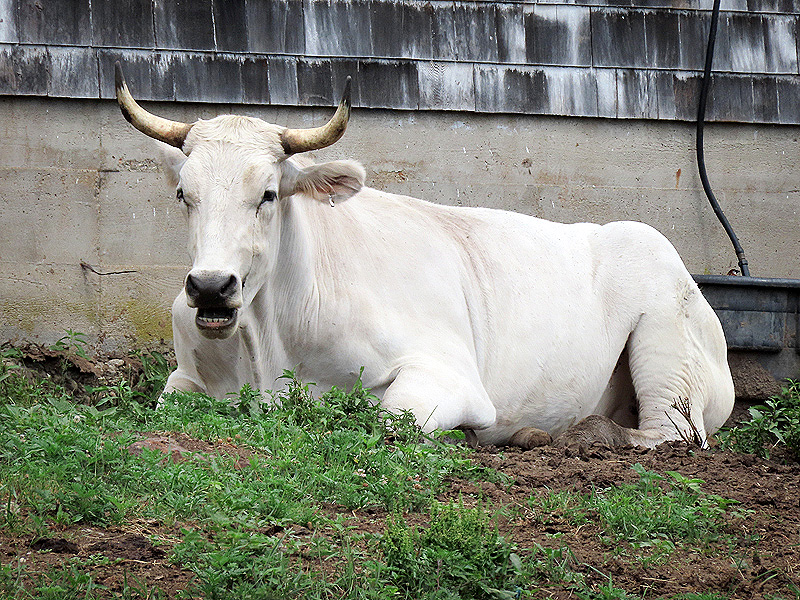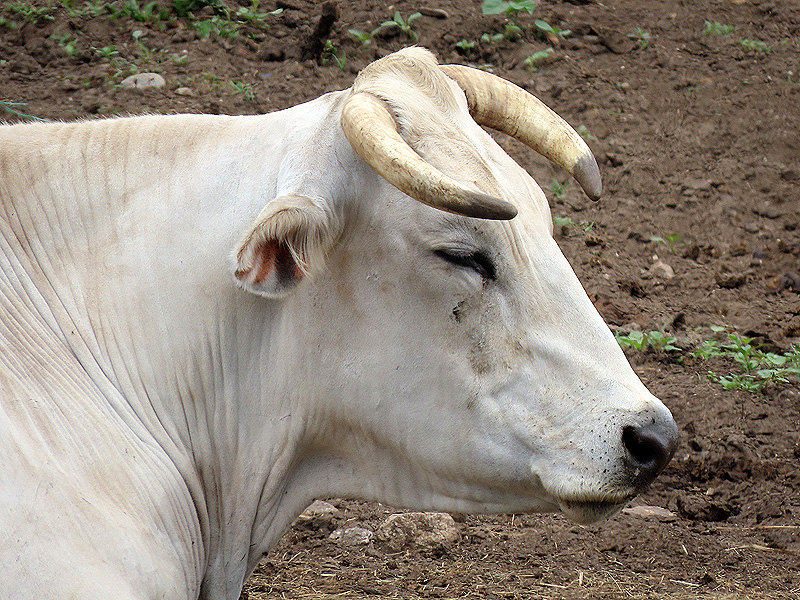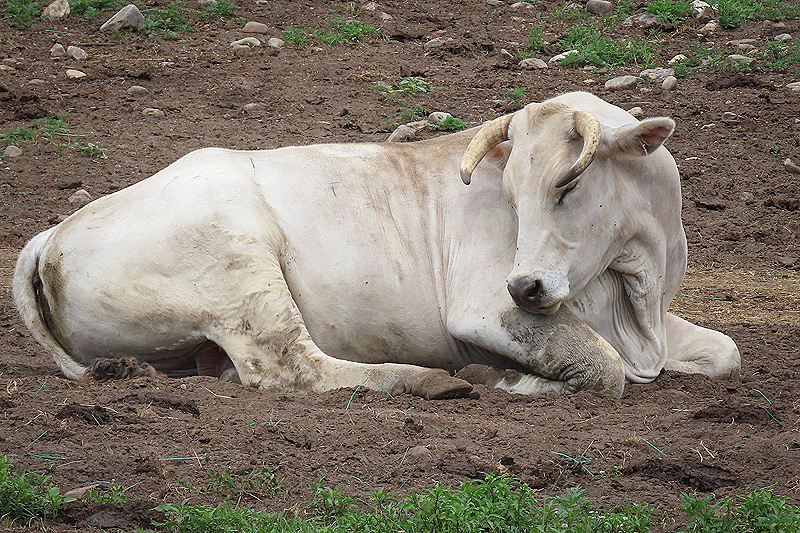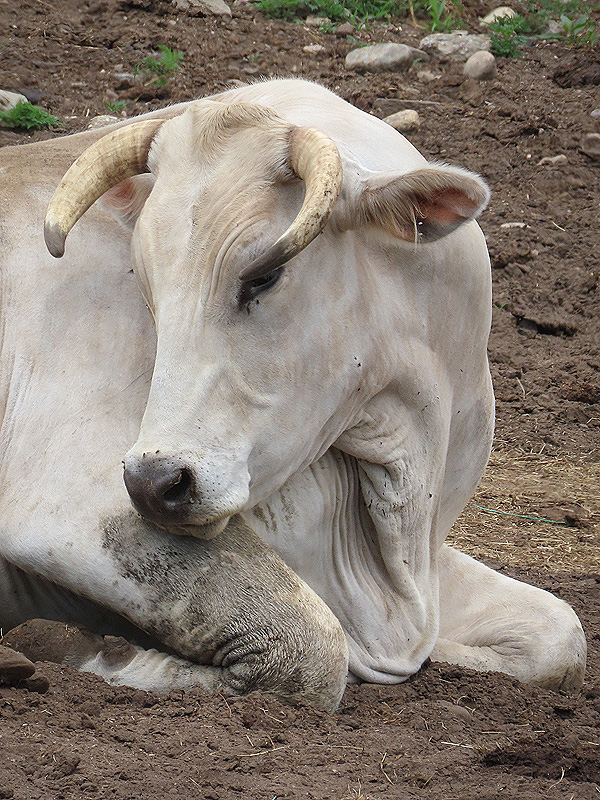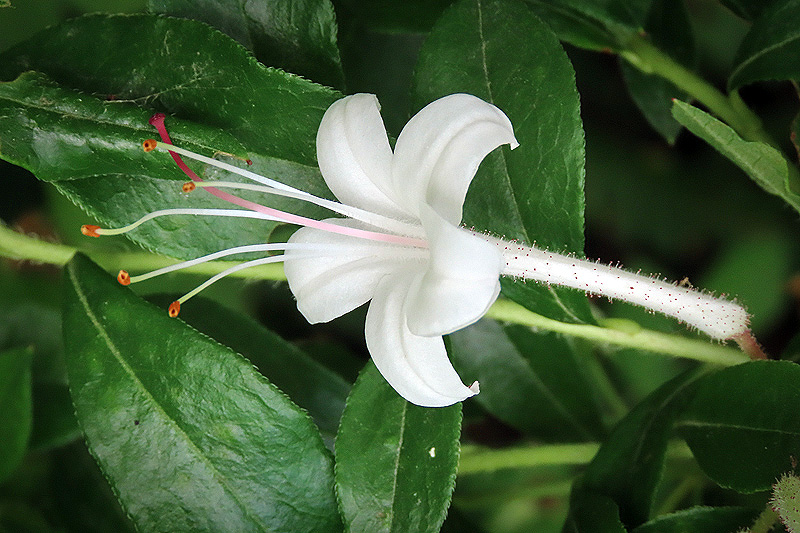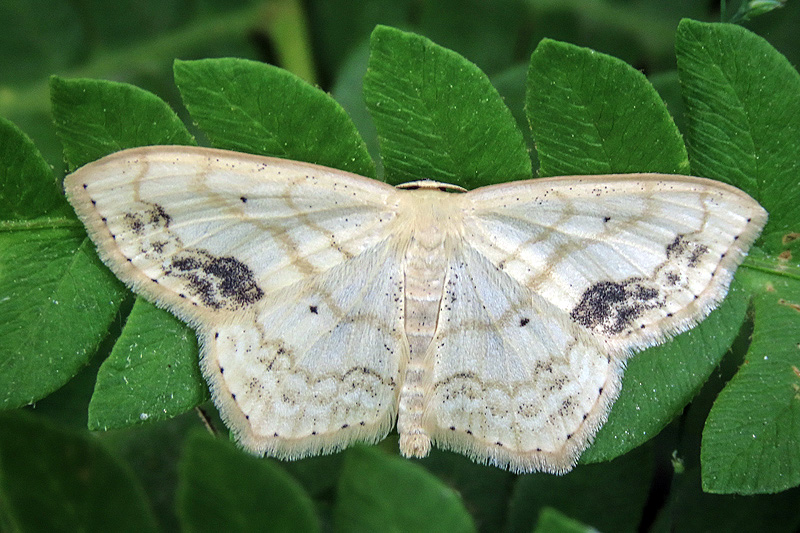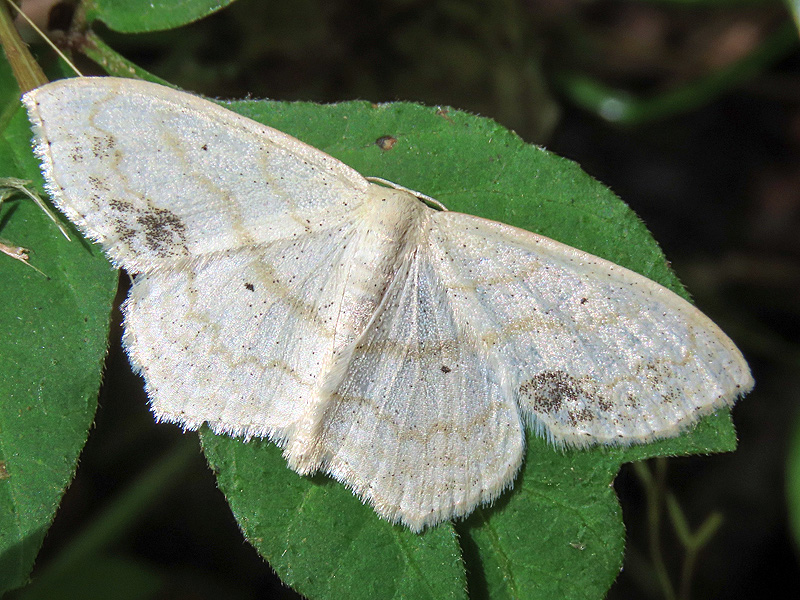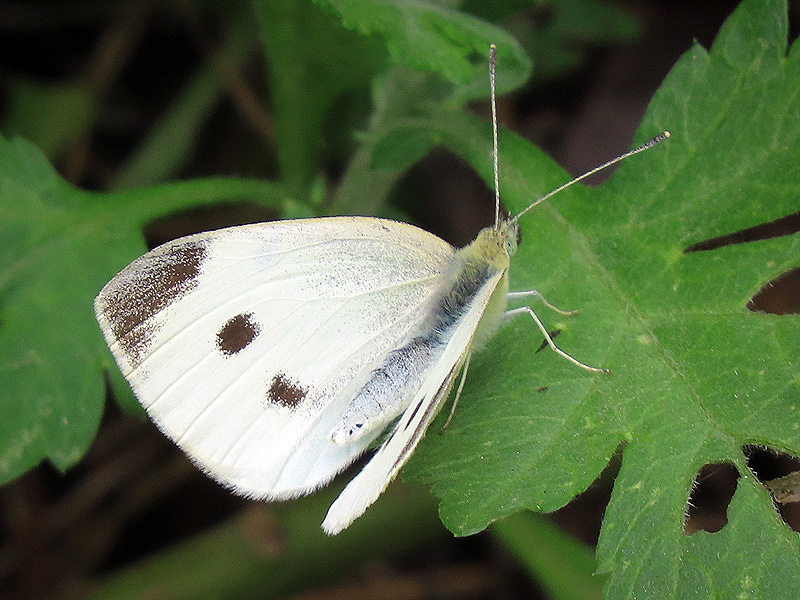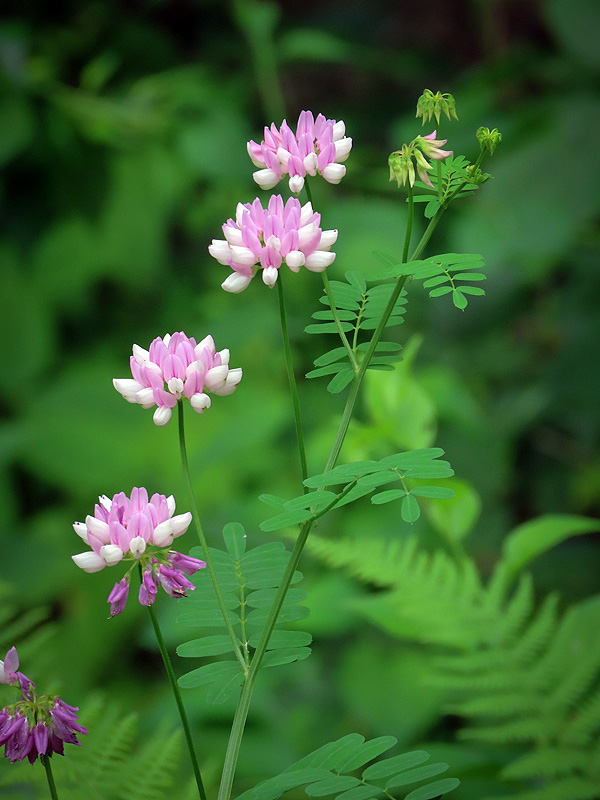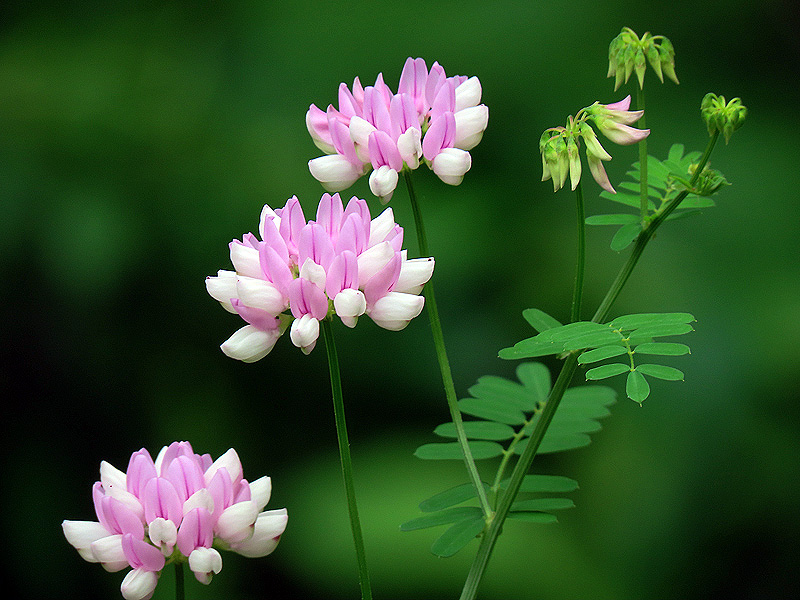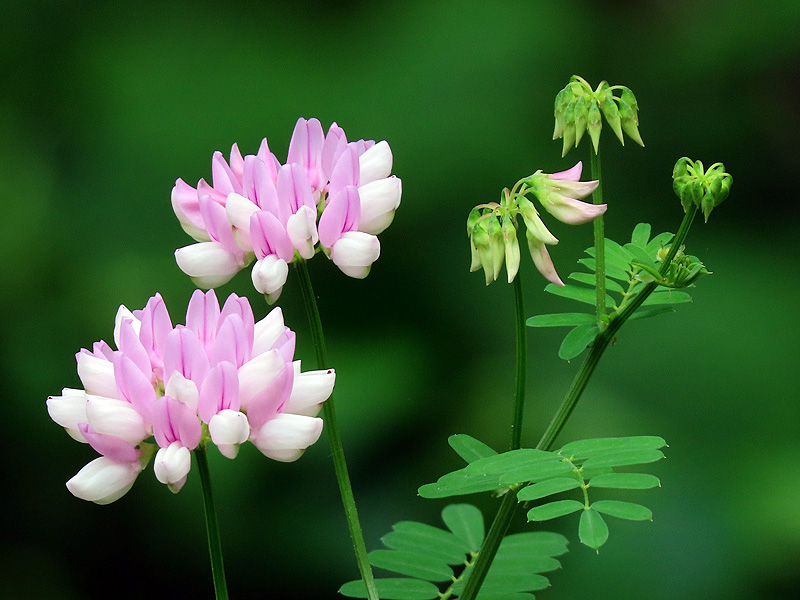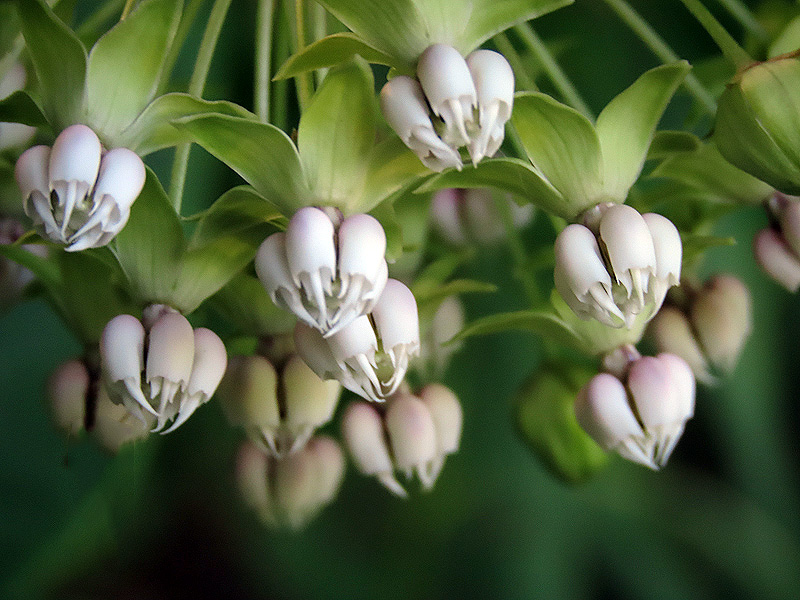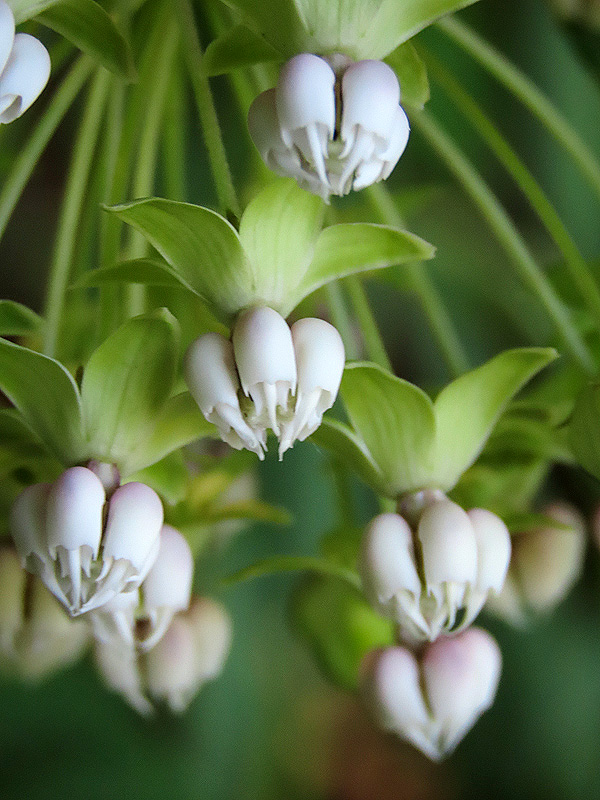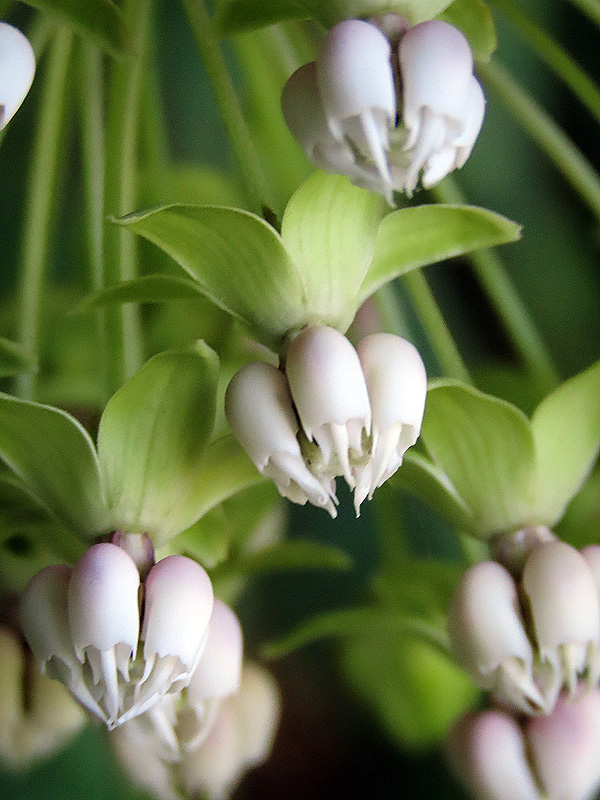Along the Air Line... 2020 - Summer, Part 1 The Air Line Trail in Eastern Connecticut - Stan Malcolm Photos |
HOME: Air Line... 2020 Pages Menu Stan's FlickR Albums |
June 21st. First full day of summer. Highbush Blueberries (Vaccinium corymbosum). |
Soon... if the birds and chipmunks don't get them all first. |
Best wild crop I've ever seen though. |
Common Mullein (Verbascum thapsis). |
|
Swamp Azalea (Rhododendron viscosum). Sticky and sweet. |
|
Common Milkweed (Asclepias syriaca). |
Carolina or Pasture Rose (Rosa carolina). |
|
Spreading Dogbane (Apocynum androsaemifolium). |
Opposite leaves and flowers at the branch tips. |
Grape (Vitus sp.). Toothed leaf margins provide many "drip tips" that help shed water. |
|
Deptford Pinks (Dianthus armeria) have just started blooming. |
Pictures in shade don't do justice to their true bright color. |
Fragrant Water-lily (Nymphaea odorata). |
|
Painted Turtle (Chrysemys picta)... |
...with a couple of large freshwater leeches on its shell. |
A quick stop at the Route 207 crossing where Common Milkweed (Asclepias syriaca) was in full bloom. |
|
|
June 24th. Venus' Looking-glass (Specularia perfoliata). |
|
|
|
Deptford Pink (Dianthus armeria) in better light so color looks right. |
|
|
Sulfur Cinquefoil (Potentilla recta). |
Black-eyed Susan (Rudbeckia hirta) with a solitary bee. |
|
|
Approaching the Blackledge River Bridge which carries the Air Line Trail. |
June 25th. Stick mimic Great Blue Heron (Ardea herodias). |
Raymond Brook Marsh is on its way to being a meadow. Much of it now is covered in Pickerelweed (Pontederia cordata). |
Late morning, I walked the section east of Cook Hill Road in Lebanon. |
|
|
|
Swamp Azalea (Rhododendron viscosum). |
This section of trail was recently mown, so most of the wildflowers are gone for now. |
The first of two Large Lace-border moths (Scopula limboundata). |
Here's the other one. Coloration varies quite a bit. |
A female Cabbage White (Pieris rapae), distinguished by two black spots on the forewing. Males have only one spot. As a child, I learned it as the European Cabbage Butterfly. It was introduced into Canada in the 1860s. The first US specimen was collected in Norway, Maine, by Sidney I. Smith in 1865. (That specimen remains in Yale's Peabody Museum.) |
Crown Vetch (Securigera varia). I learned it as Coronilla varia some 50 years ago, a name that still feels right to me, despite the understanding of its evolutionary relationships that forced the change. |
|
|
Back to the Route 85 trail head in Amston, this is Poke Milkweed (Asclepias exaltata). |
The only two plants of it that I know of, it's barely hanging in there in a high traffic area. |
|
